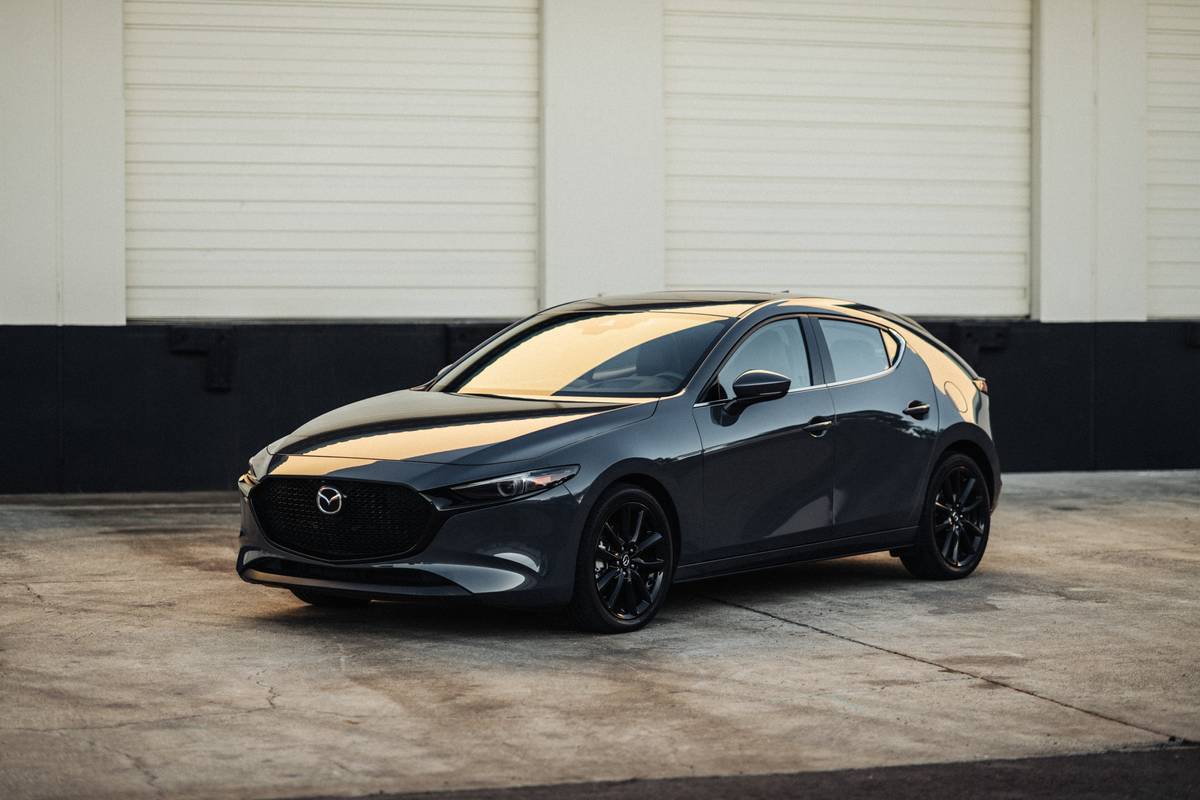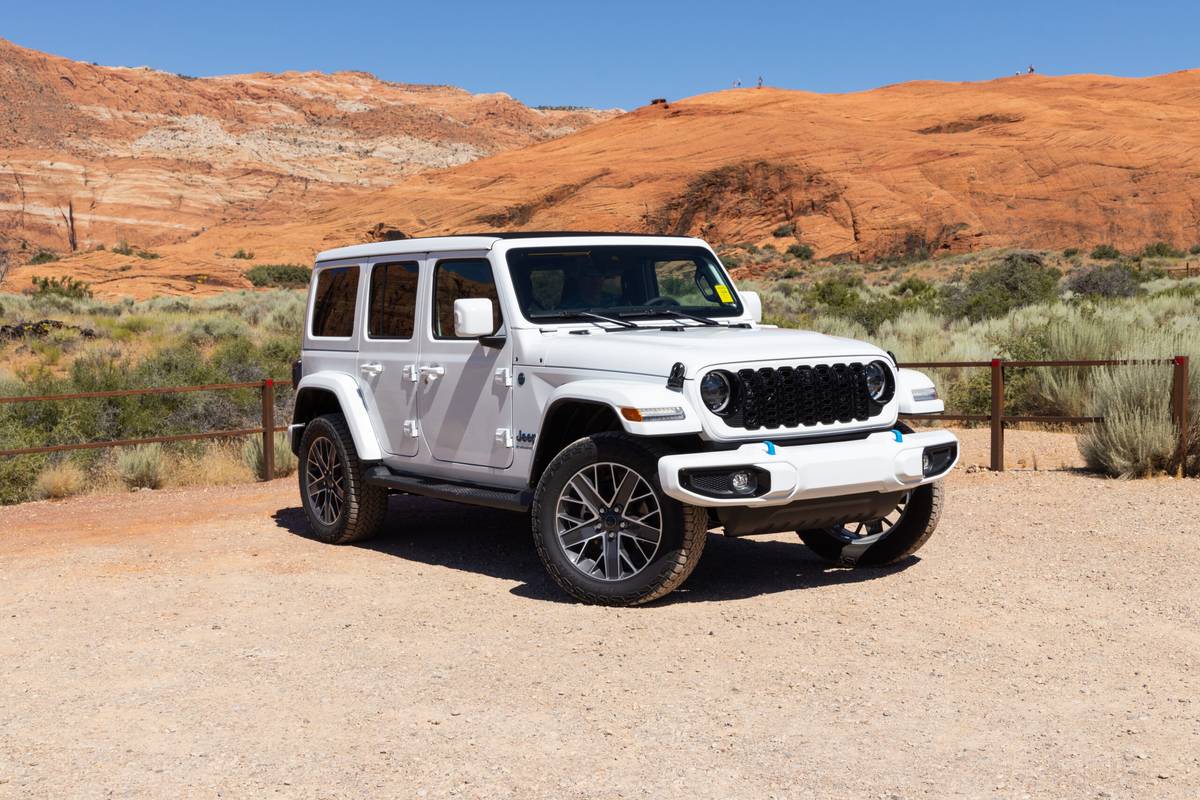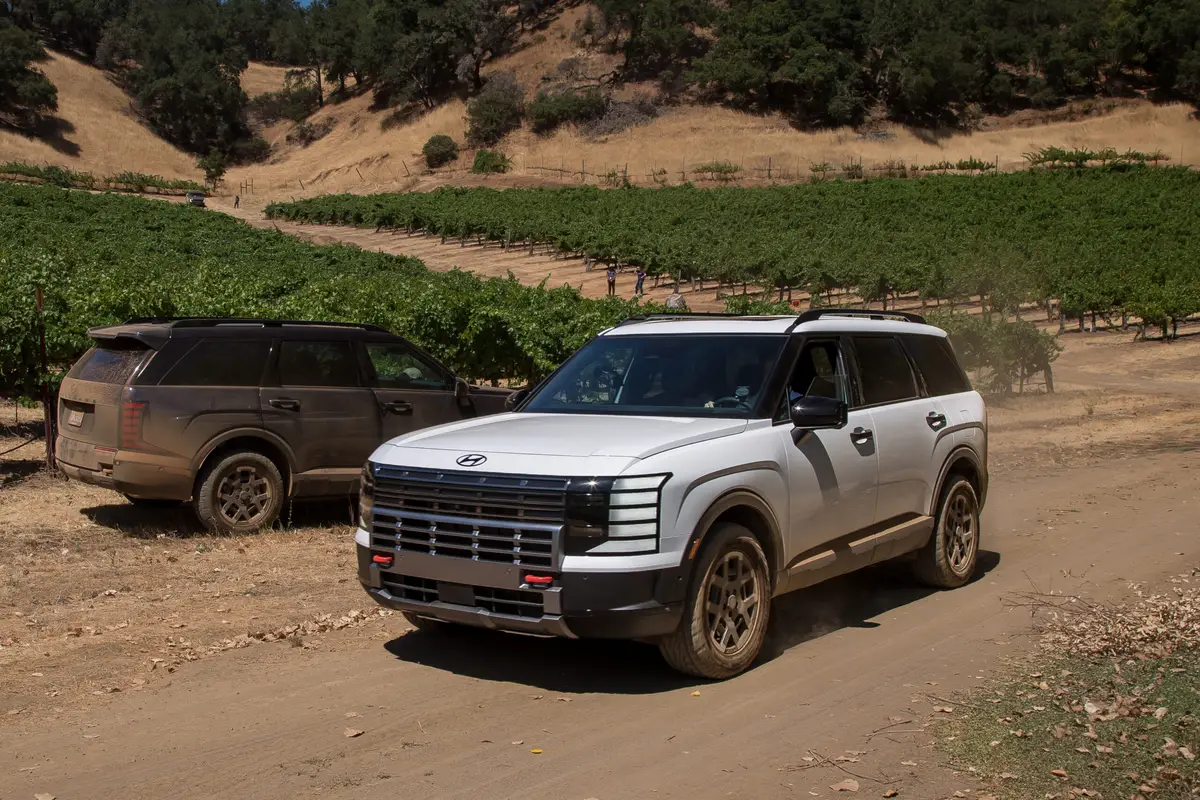Boston.com's view
The last federal engineering project that took place here was fictional. Ojai was the hometown of Steve Austin, the bionic star of “The Six Million Dollar Man.”
I was here to test out something that cost a lot less — the 2007 Land Rover LR2. It’s priced at $35,000 to $40,000, depending on the model, and well worth it. In fact, the car performed so well that I wondered why someone would spend upward of $60,000 or more on other Land Rovers and Range Rovers.
Sitting in a parking lot, with its fish-gill side vents, kaleidoscopic headlight glass, and decidedly square and upright stance, the LR2 could pass as one of its far more expensive siblings.
It’s quiet, powerful enough for most folks, and luxurious. While the LR2 does lack a two-speed transfer case for heavy off-roading, the reality is that most owners don’t take them any place wilder than the base of a ski mountain or the narrow streets of Martha’s Vineyard.
But they could go wild if they were so inclined. The LR2’s stability was remarkable. We took it off-roading outside Ojai, through deep water, sand, over rocks, and down slippery slopes. And since we weren’t all that far from Hollywood, we were also treated to a special-effects snowstorm.
A dial at the center console lets the driver tell the car what terrain is ahead, allowing the vehicle to adjust handling accordingly.
The 230-horsepower, inline-six-cylinder engine is the latest out of the Volvo engineering labs, and its anti roll system was developed by Ford, for Volvo. As I can attest, the system lets a driver do stupid things on closed courses, even as it fixes the mistakes.
With a base price of around $35,000 that includes leather seats, 18-inch alloy wheels, MP3 input, and a sunroof, this car looks to be quite a buy. The sticker price on our test model reached $40,000 with the addition of a navigation package, upgraded sound, and winter extras.
The interior is a serious blend of form and function: seats that grip legs and torso, controls that are easy to use, and high seating that doesn’t feel like something you would find in a colossal SUV.
Of particular delight was the manual option on the six-speed automatic transmission. In automatic — and often in the highest gear — the Rover was a tame cat, prowling California highways and mountain roads while barely purring. But manual was the mode of choice for testing purposes, and second to fourth gears were the most favored. The response and handling were remarkable.
At one point, descending a steep twisting road where rock falls and slick mud covered the pavement, my Rover tried to go sideways. Its response to a quick steering adjustment was so facile that the car was righted even before traction control could kick in.
The Rover lineup has been undercut, if that is the right word, by products from BMW, Acura, and other manufacturers that offered quality and sensible gear at prices below what Rover had on the roads. That’s partly because the company clung to a serious off-road image.
But with this car it has built an SUV that’s sensible enough for what most people want — the fishing spot, the ski house, the country image — without loading it up with too much superfluous gear. That’s why it can now undersell certain competitors.
Ojai once gave us the “Six Million Dollar Man,” and now it has set the scene for the $35,000 Land Rover.
But if I were to pick a true Ojai native I’d expect to see driving the LR2, I’d turn to a guy who had some experience with Jeeps in Korea: the sensible Major Frank Burns from “MASH.”
And like me, he’d leave it in manual most of the time.
Latest news



